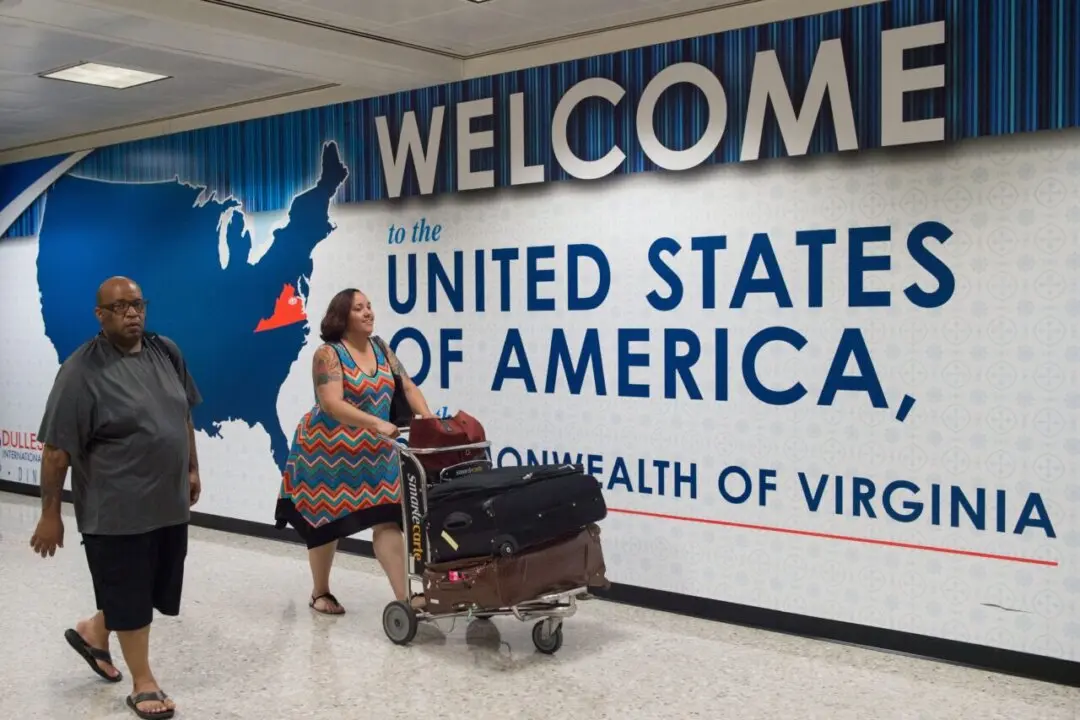Some 140 million Americans were under some form of federal heat warning on July 8 as a multiday heat wave inundated much of the United States, particularly the West Coast.
A daily tracker provided by the National Weather Service (NWS) on July 8 showed excessive heat warnings, heat advisories, and excessive heat watches across California, Nevada, Oregon, Washington, Arizona, Utah, and Idaho on July 8.





